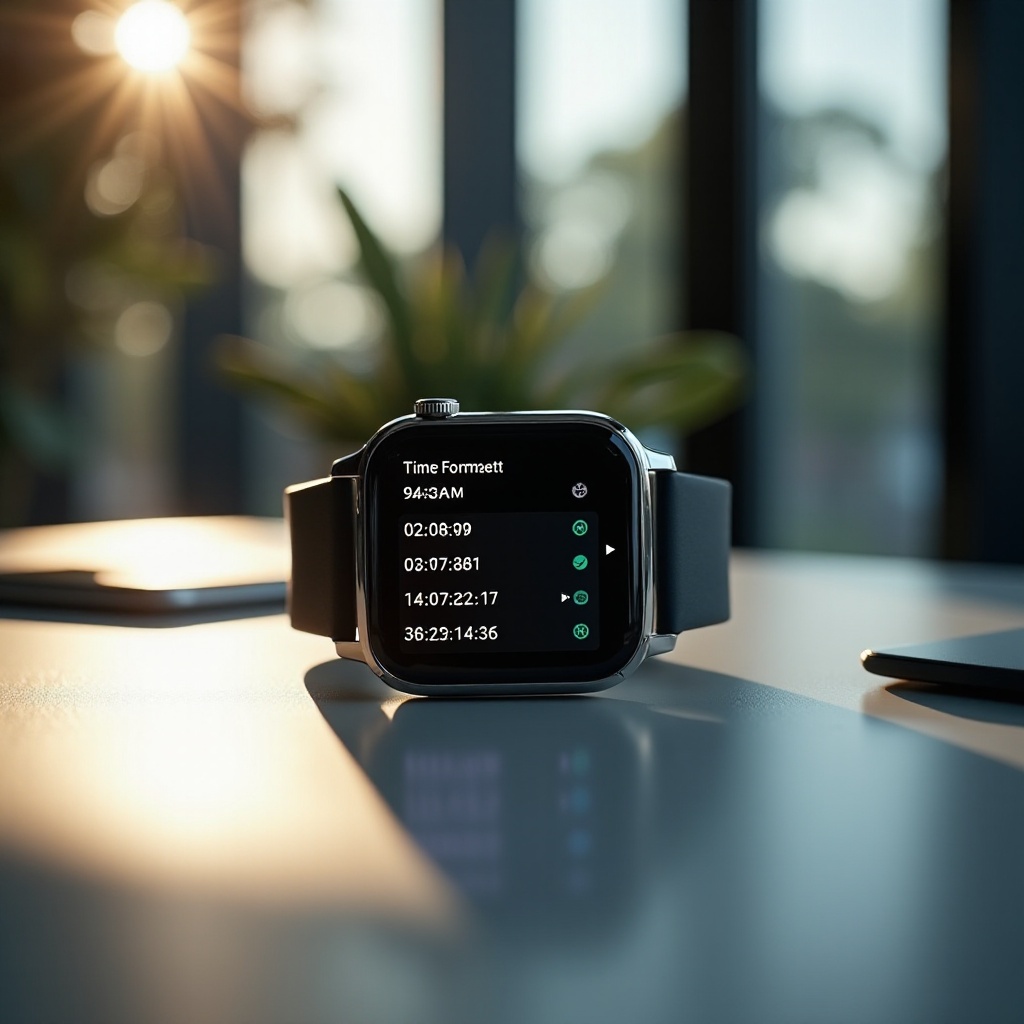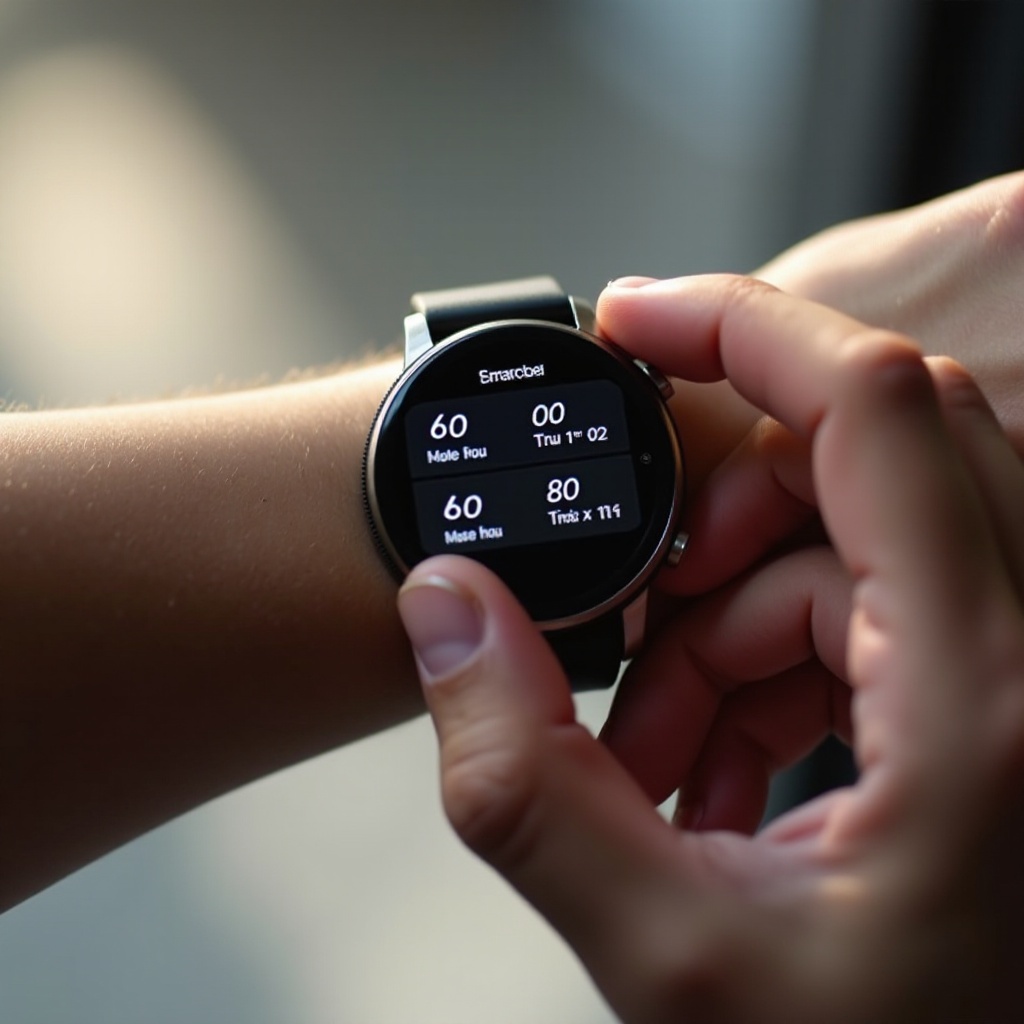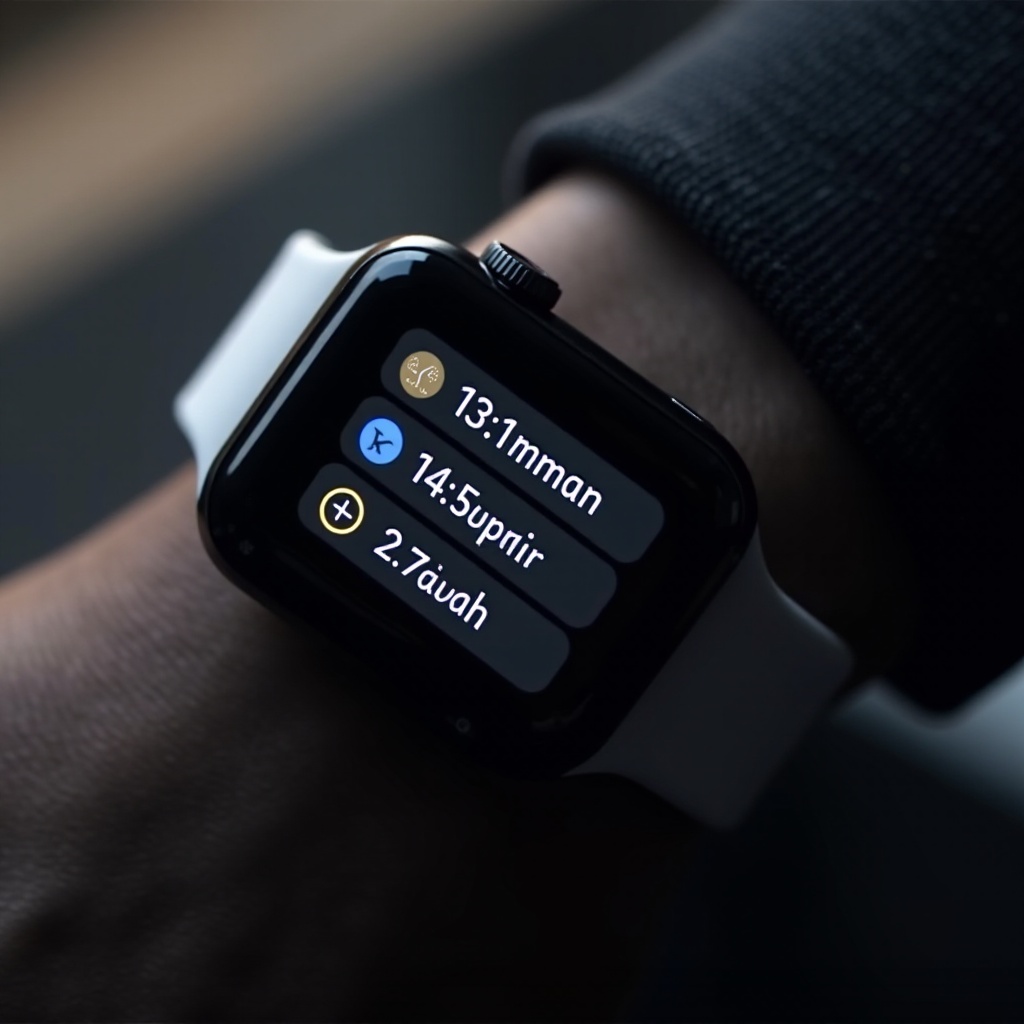Introduction
Smartwatches are not just a tool for tracking steps or receiving notifications; they also help keep our schedules in check. One common setting users often want to personalize is the time format. Changing between a 12-hour and 24-hour format can seem daunting at first, but it is a simple process once you know where to look. This guide will walk you through changing time formats on popular smartwatches, ensuring you can customize your device to your preference.

Why Time Format Matters
The time format on your smartwatch might seem like a minor detail, but it can have a significant impact on usability. The 12-hour format, which uses AM and PM, is common in some regions, while the 24-hour format, known as military time, is preferred in others. Choosing the right format can help ensure you interpret the time correctly, making your day run more smoothly. Additionally, uses such as logging activities and syncing scheduled events can vary based on your selected time format.
Switching between these formats is essential not just for personal convenience but also for ensuring accurate data logging in applications that synchronize with your smartwatch. Whether you prefer the straightforward morning-to-evening split of the 12-hour format or the continuous count of the 24-hour system, knowing how to switch can save you a lot of confusion.
How to Change Time Format in Apple Watch
Changing the time format on an Apple Watch is straightforward. Here’s a step-by-step guide:
- Open the Watch app on your iPhone.
- Navigate to General settings.
- Scroll down and select Language & Region.
- Tap on Region Format and choose your desired region. Some regions naturally adopt a 24-hour format.
- To set the time format manually, scroll to the bottom and find the toggle for 24-hour time. Turn it on or off according to your preference.
Additionally, you can also change settings directly on the Apple Watch itself:
- Press the Digital Crown to access the home screen.
- Open the Settings app.
- Navigate to Clock settings.
- Toggle the 24-Hour Time option on or off as required.
This process ensures that your Apple Watch will display the time in your preferred format, whether you’re navigating daily schedules or using fitness tracking features.
How to Change Time Format in Android Wear OS Watches
Changing the time format on an Android Wear OS smartwatch can typically be accomplished through the Wear OS app on your smartphone. Here’s how:
- Open the Wear OS app on your smartphone.
- Go to Settings.
- Navigate to Date & Time.
- Look for the Use 24-hour format option. Turn it on or off based on your preference.
If you prefer to make this change directly on your smartwatch, here’s the method:
- Swipe down from the top of the watch face to access Quick Settings.
- Tap on the Settings gear icon.
- Scroll down to System and tap on it.
- Select Date & Time.
- Toggle the Use 24-hour format option to switch between 12-hour and 24-hour formats.
Changing the time format will ensure it aligns with your personal or regional preferences, making it easier to track time throughout the day.
Time Format Customization in Other Popular Smartwatches
Different brands may have slightly different methods for changing the time format. Here’s how you can adjust these settings on some of the most popular smartwatch brands:
Samsung Galaxy Watch
- Press the home button to open the app screen.
- Navigate to Settings.
- Scroll down and tap on General.
- Select Date and time.
- Tap on the 24-hour format option to toggle it on or off.
Fitbit
- Open the Fitbit app on your smartphone.
- Tap on your profile picture to access Account settings.
- Select your device under Devices.
- Tap on Clock Display Time.
- Choose between 12-hour or 24-hour format and sync your device.
Garmin
- Press and hold the MENU button (middle left) to access the main menu.
- Scroll and select Settings.
- Navigate to System.
- Select Time.
- Choose Time Format and switch between 12-hour and 24-hour.
Ensuring that your smartwatch follows your preferred time format provides a consistent user experience. Let’s explore some common issues and solutions related to switching time formats.

Troubleshooting Time Format Changes
Even though changing time formats is generally straightforward, you might face occasional issues. Here’s how to troubleshoot common problems:
Syncing Issues
Sometimes, your smartwatch might not update the time format automatically after you change the settings on your phone. In such cases, ensure that your smartwatch is properly synced with the phone. Disconnect and reconnect your device, or restart both your smartwatch and phone to facilitate the changes.
Software Updates
Incompatibility issues may arise from outdated software. Make sure both your smartwatch and smartphone apps are updated to the latest versions to avoid any glitches related to time format changes.
Device-Specific Glitches
Each brand and model may have unique quirks. Consult the user manual or manufacturer’s website for device-specific troubleshooting steps if you continue to encounter problems.
By resolving these issues, you can ensure that your smartwatch displays time accurately and suits your preference.

Conclusion
Knowing how to change the time format on your smartwatch not only tailors the device to your liking but also enhances its usability. Whether you use an Apple Watch, Android Wear OS, Samsung, Fitbit, or Garmin, the process is straightforward. Follow these outlined steps, and you can easily switch between 12-hour and 24-hour formats, ensuring your smartwatch works perfectly for you.
Frequently Asked Questions
How can I switch between 12-hour and 24-hour time formats?
The process involves accessing your smartwatch’s date and time settings, where you can toggle between the 12-hour and 24-hour formats.
What should I do if my smartwatch is not updating the time format automatically?
Ensure your smartwatch is synced with your phone and check for any software updates that might resolve the issue.
Do I need to sync my smartwatch with my phone to change the time format?
Yes, in many cases, syncing with your phone ensures that the time format change is applied correctly, especially for devices managed through a smartphone app.